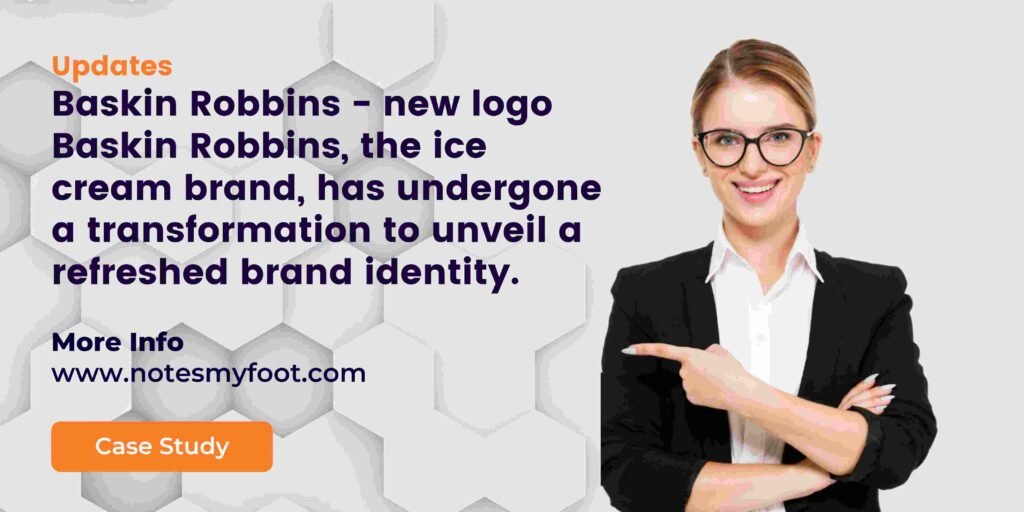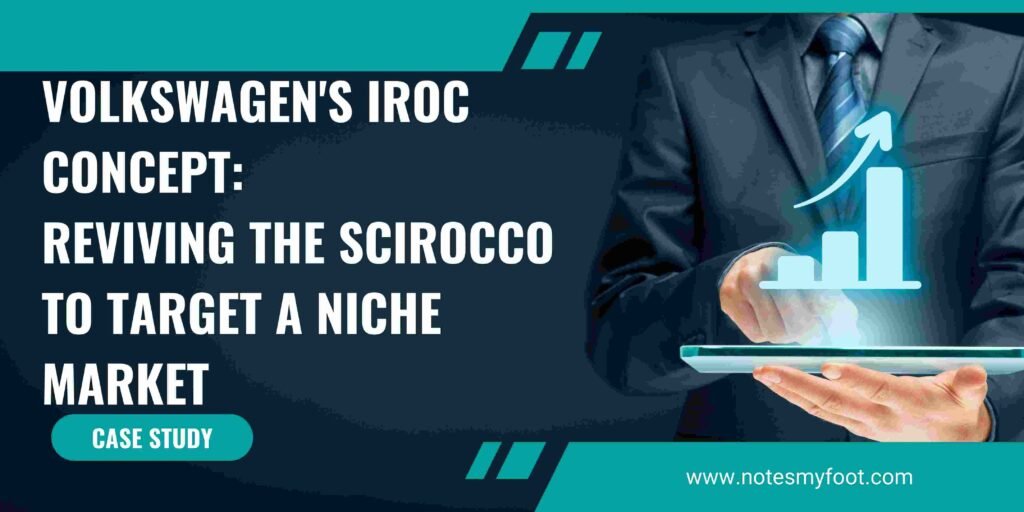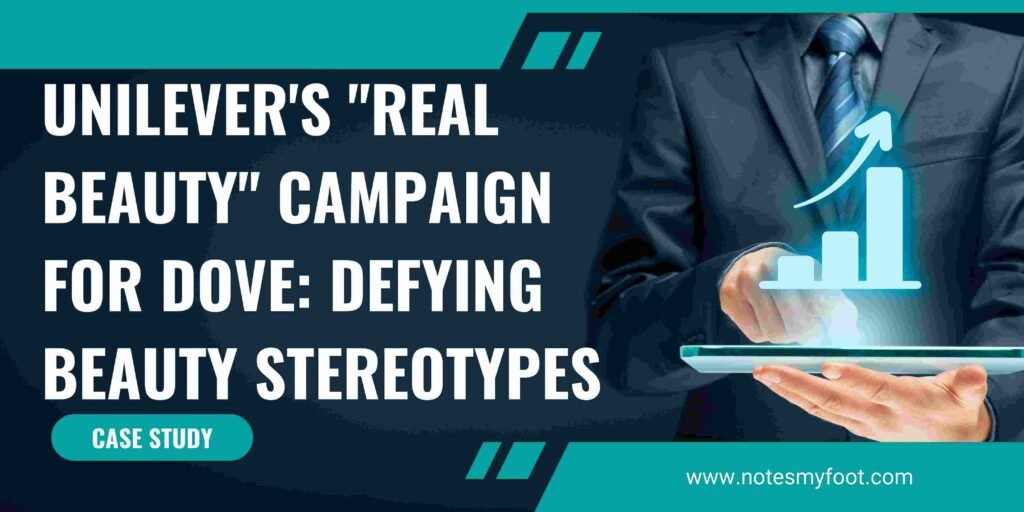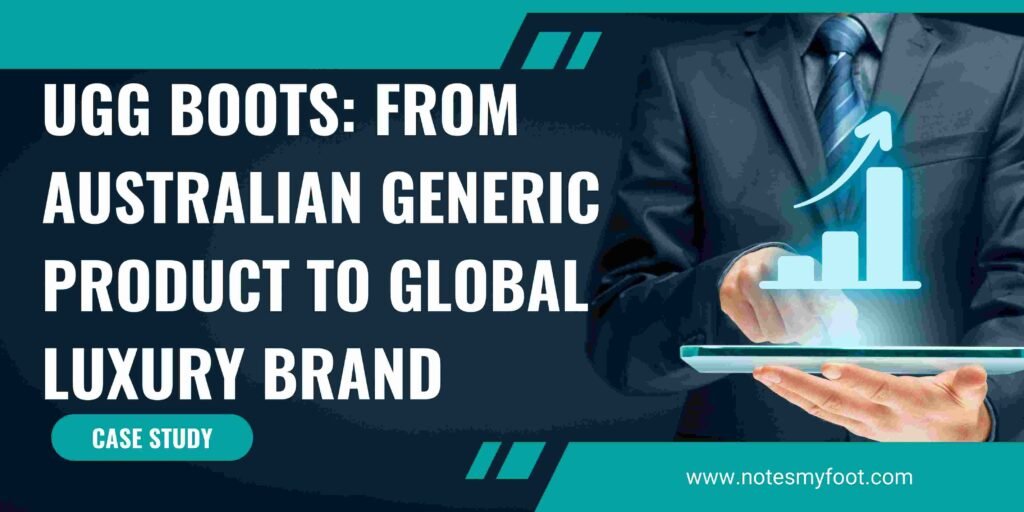
Case Study: Baskin Robbins - new logo Baskin Robbins, the ice cream brand, has undergone a transformation to unveil a refreshed brand identity.
Baskin-Robbins, America’s Favorite Sweets Chain, has become synonymous with premium and quality ice cream. In this blog post, we will delve into the significance of a brand manager, brand management system, and category management in Baskin-Robbins’ marketing strategies. From its humble beginnings in California during the Second World War to offering over 1000 ice cream flavors, milkshakes, smoothies, and cakes, Baskin-Robbins has mastered the art of captivating customers through innovative marketing techniques.
Section 1: Understanding the Role of Brand Manager
A brand manager plays a vital role in shaping the image and perception of a brand. At Baskin-Robbins, brand managers are responsible for ensuring that the brand’s essence and values are consistently conveyed to the target audience. They work closely with marketing teams to develop and execute strategies that resonate with customers and distinguish Baskin-Robbins from competitors.
Section 2: The Power of Brand Management System
A robust brand management system is crucial for maintaining brand consistency across various touchpoints. Baskin-Robbins has implemented an effective brand management system that encompasses guidelines for visual identity, messaging, and customer experience. This system ensures that every scoop of ice cream and every interaction with customers aligns with the brand’s promise of delivering a delightful ice cream experience.
Section 3: Category Management: Beyond Sweet Treats
Section 4: Innovative Marketing Strategies and Building Brand Equity
Baskin-Robbins’ success can be attributed to its innovative marketing strategies. From playful campaigns to engaging social media presence, the brand consistently captures the attention of ice cream enthusiasts. By fostering an emotional connection with its customers, Baskin-Robbins has built strong brand equity, making it a top choice for ice cream lovers worldwide. The brand’s commitment to quality, creativity, and customer satisfaction has solidified its position as a market leader.
Conclusion:
Baskin-Robbins’ success can be attributed to its innovative marketing strategies. From playful campaigns to engaging social media presence, the brand consistently captures the attention of ice cream enthusiasts. By fostering an emotional connection with its customers, Baskin-Robbins has built strong brand equity, making it a top choice for ice cream lovers worldwide. The brand’s commitment to quality, creativity, and customer satisfaction has solidified its position as a market leader. Also got to know about the Maruti Suzuki’s Advertising Strategies: Driving Success in the Indian Passenger Car Industry








